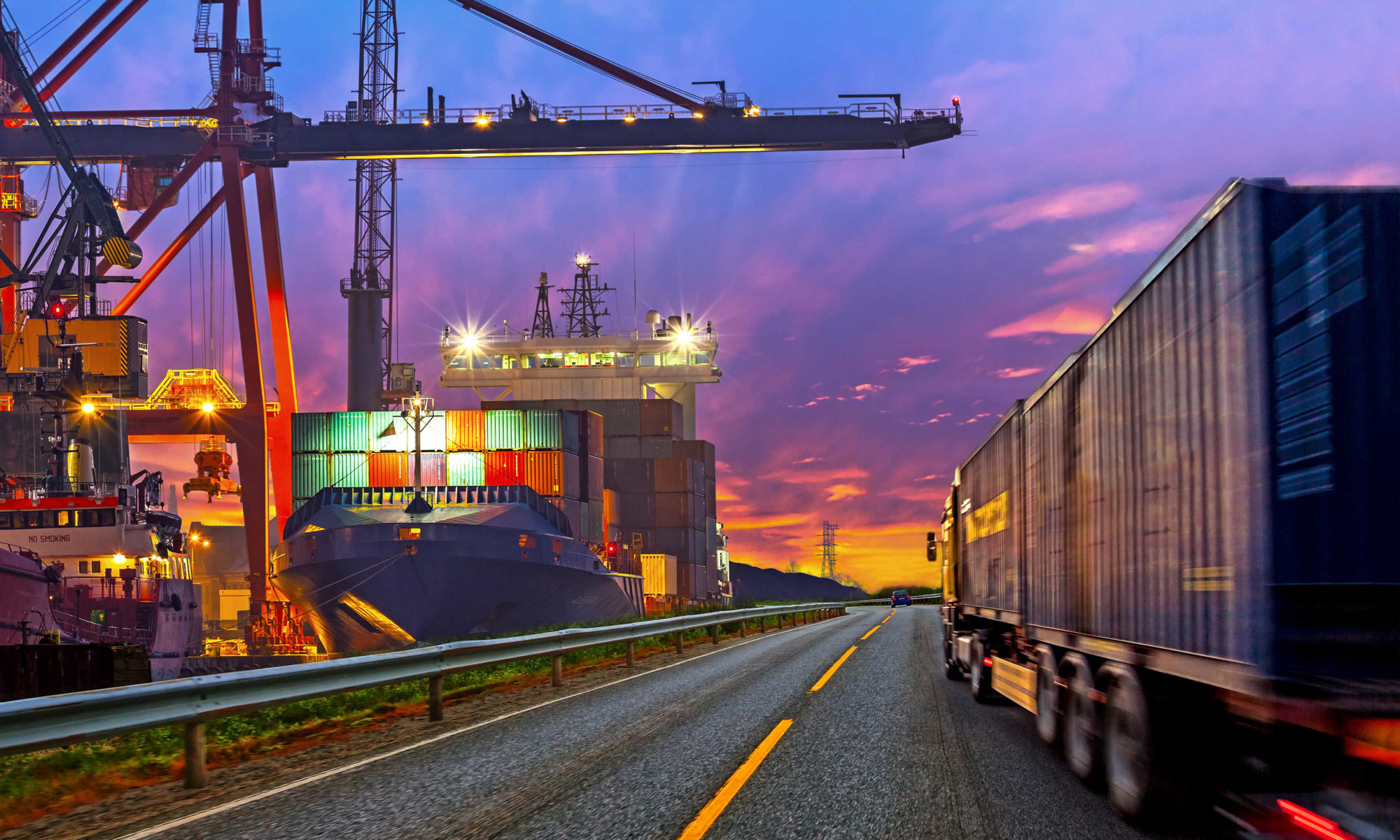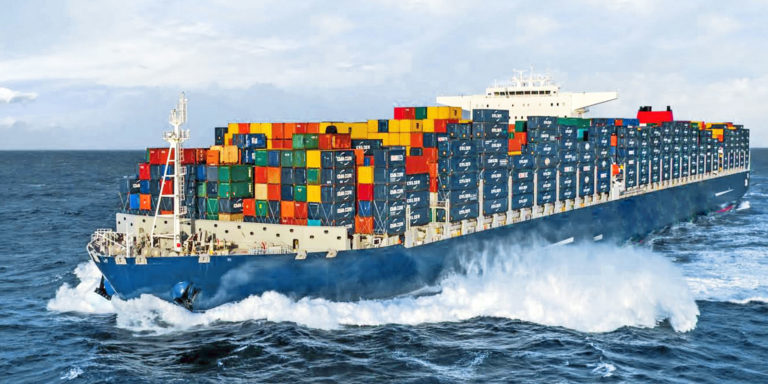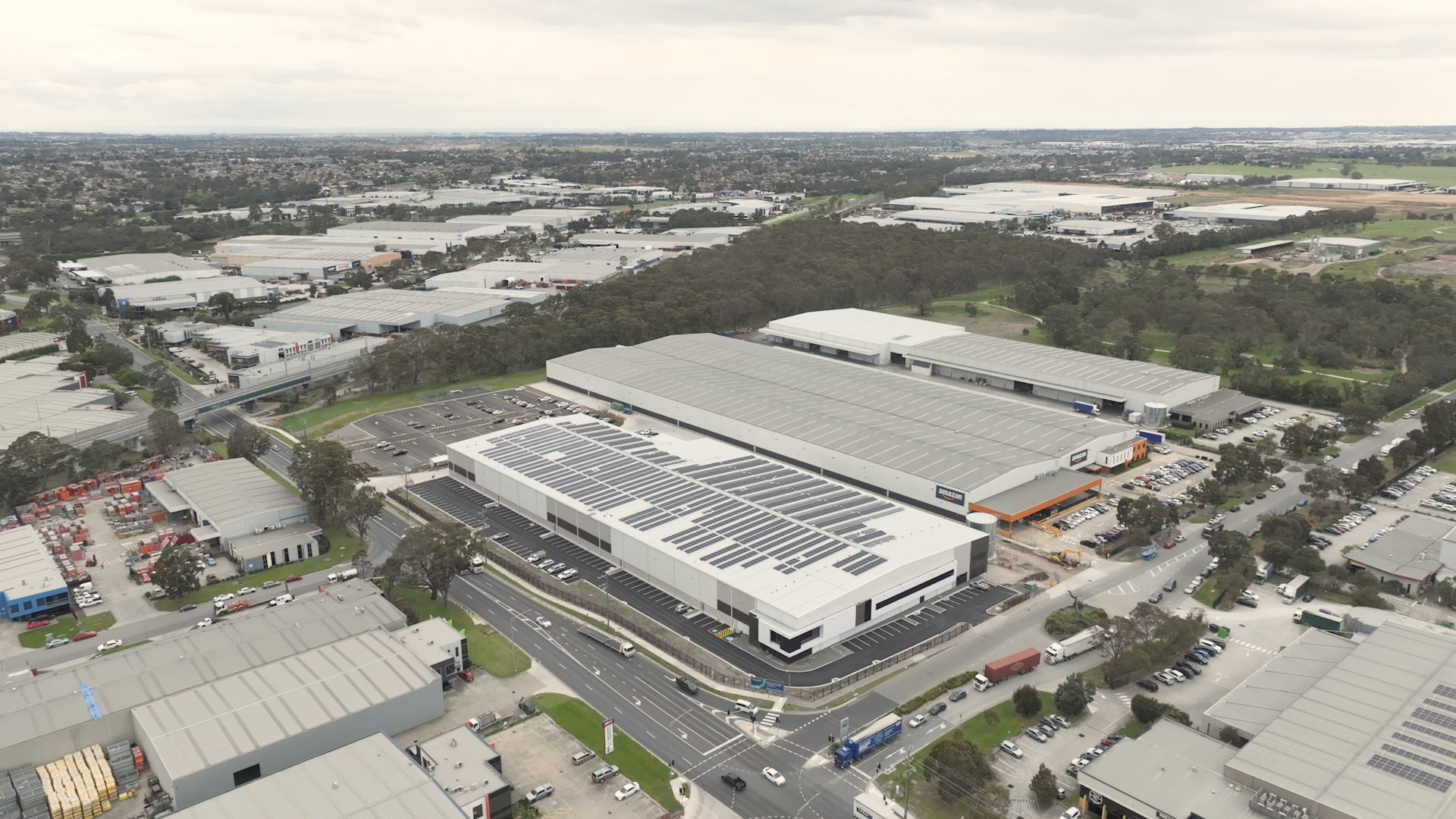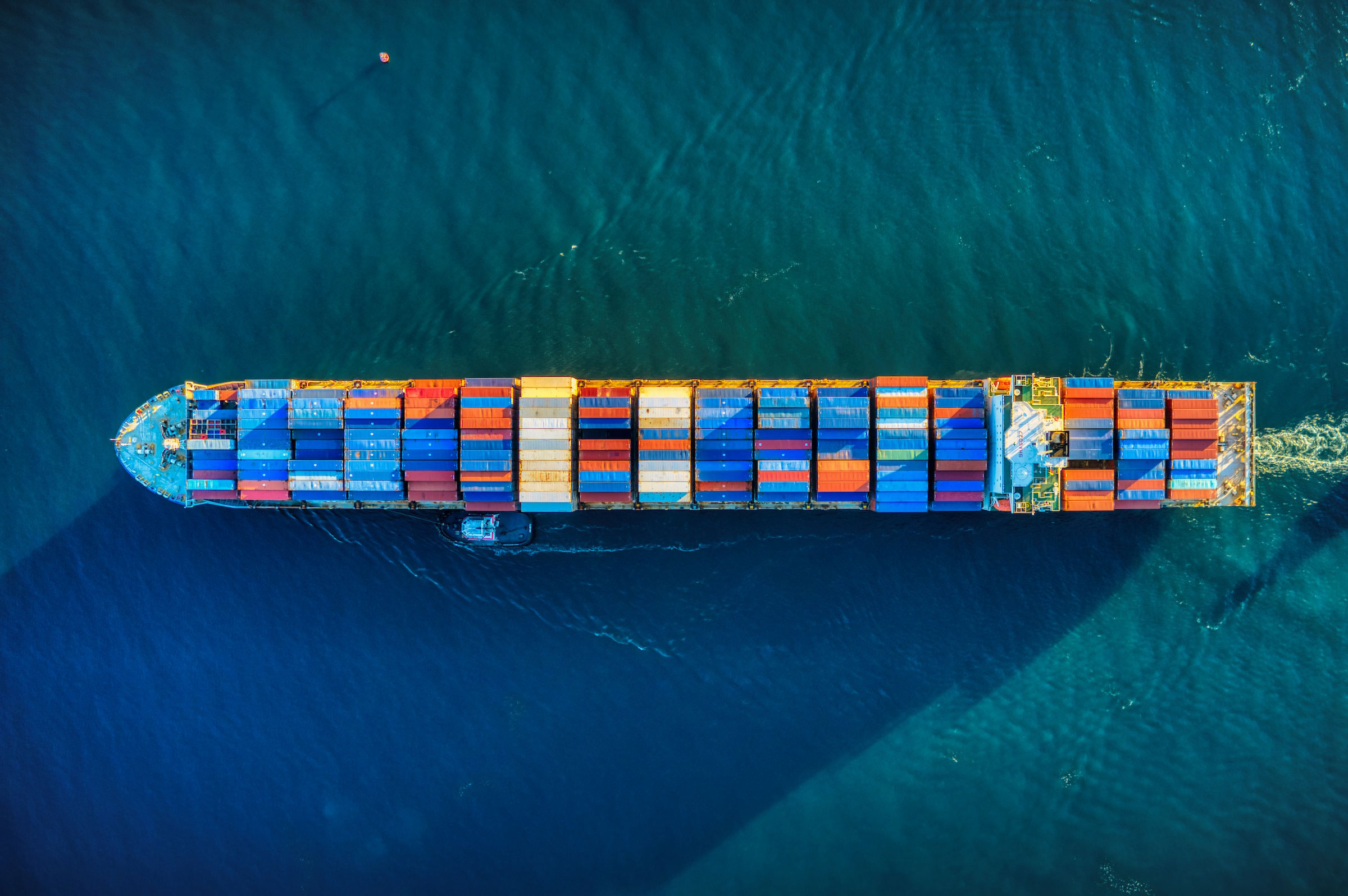Sea freight forwarders take care of commodity handling from the point of production to the point of distribution. They use consolidation of freight from various customers and bulk load discounts to reduce the costs of freight to destination markets. Sea freight forwarders are logistics and supply chain experts that take care of packaging, documentation, transporting and warehousing as well as value-add services, to maximise the trade benefit for commodity producers.
The global sea freight market is forecast to grow by more than three percent per annum over the next five to seven years from USD 66.3 billion in 2018 to USD 80.7 billion by 2025. Australia is a key player in this market, with a value of approximately USD 6.8 billion in 2018 which might grow to around USD 8.3 billion over the same time period – about ten percent of the international sea freight forwarding market. That growth is expected to be dominated by the Asia Pacific, specifically China and India where significant manufacturing occurs, and Japan which continues to maintain massive trade volume. Right on Australia’s doorstep.






